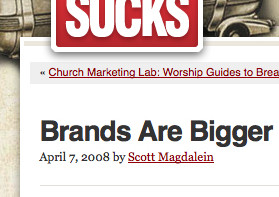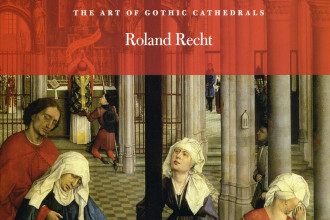Since 2011, we have created and implemented original theatre pieces (sometimes scripted, sometimes improvisational) into ecumenical Christian worship at Yale Divinity School. Rather than simply dramatizing bible stories or supplementing traditional preaching, this worship art places biblical texts in conversation with community life. Our work aims to create dramatic moments anchored to the current space-time of worship—wholly contextualized by a liturgical structure and function even as it might represent places apart from the worship space.
Drama can raise theological questions, offer moments of pastoral care or prophetic challenge, and build community through worship. In liturgy, we mark time and space for God. Drama can broaden the horizons of liturgical space-time by creating windows into other parts of our lives: a struggle at home, a hard conversation with a friend, or the joy and fear of being in a new place. Dramatizing such moments with truth, humor, and relatability can make worshippers’ lived experience more present in worship by mapping scripture, tradition, struggle, and prayer onto animated bodies performing within the context of a congregation gathered in worship. Well-contextualized liturgical drama is more than a modular interlude, and it has ritual function in Christian worship beyond entertainment.
Here are two ways to consider how drama affects space and time within ritual. Devised theatre—inspired by 20th-century performance theorists like Richard Schechner and Augusto Boal—creates dramatic scenes from the lived experience of the actors and the audience. The particularities of any given performance may point to something true for the audience, a capacity that may even connect the everyday to the universal. The medium for this art form is lived, human experience performed live.
Another way is the process Hans Diller identifies in the Easter-season Quem quaeritis (“Whom do you seek?”) dialogue of the medieval church. An extremely simple dialogue, Quem quaeritis invoked the women who approached Jesus’ tomb after the crucifixion. Diller says the Quem quaeritis introduced a “second world” of dramatic action within the “first world” of Christian ritual. Unlike a mimetic performance, where objects and people in ritual might represent unity with a cosmic whole, those who witness Quem quaeritis experience the generation of a different time and space within worship: the pre-existent dramatic world of the biblical Quem quaeritis dialogue.[1]
We might say devised, mimetic performance turns this-space into every-place, while Diller’s analysis of Quem queritis highlights a bubble of different space-time within the present one. Though 20th-century ritual drama is certainly germane to worship, the Christian tradition might require a more nuanced script to be appropriate for liturgy. But we also can see how Quem quaeritis and other forms of dramatic storytelling can have an impermeable space-time membrane: worshippers might view scriptural events but do not directly influence them.
If these impulses represent opposite ends of the spectrum, what is drama that fuses the elements of Christian worship and devised theatre?
Such drama should make permeable the boundaries of stage and audience, story and lived experience. This drama blends theological concepts and scriptural ideas with the theatrical (re)creation of the everyday. What happens when sacred texts and places of the past are embodied in the liturgical spaces and gathered faces of the present? As an embodied and temporal art form, drama immediately interfaces with the “sacredness” of liturgical time and place. Dramas inspired by a congregation’s lived experience invite the needs and concerns of the corporate body into physical conversation with worship, prayer, and theological reflection. We think the fiction of the stage can powerfully bring the everyday world into the sanctuary, and, by analogy, recall the presence of the holy amidst the mundane.
Charles A. Gillespie graduated summa cum laude from Villanova University. Charlie is currently a Master of Arts in Religion candidate at Yale Divinity School and the Yale Institute of Sacred Music concentrating his studies in religion and the arts.
Justin Kosec is an MDiv candidate at Yale Divinity School and is an endorsed candidate for ordination in the Minneapolis Area Synod of the ELCA.
Kate Stratton graduated summa cum laude from the University of North Carolina at Chapel Hill, and received her Master of Divinity from Yale Divinity School. She will return to Yale in the fall as a candidate for the Master of Sacred Theology.
The three co-founded the liturgical drama performance group Ezekiel Bread which will make its international debut at the Edinburgh Festival Fringe this August.
[1] Diller, Hans-Jürgen. The Middle English Mystery Play: A Study in Dramatic Speech and Form. Cambridge, England: Cambridge UP, 1992. Print.



